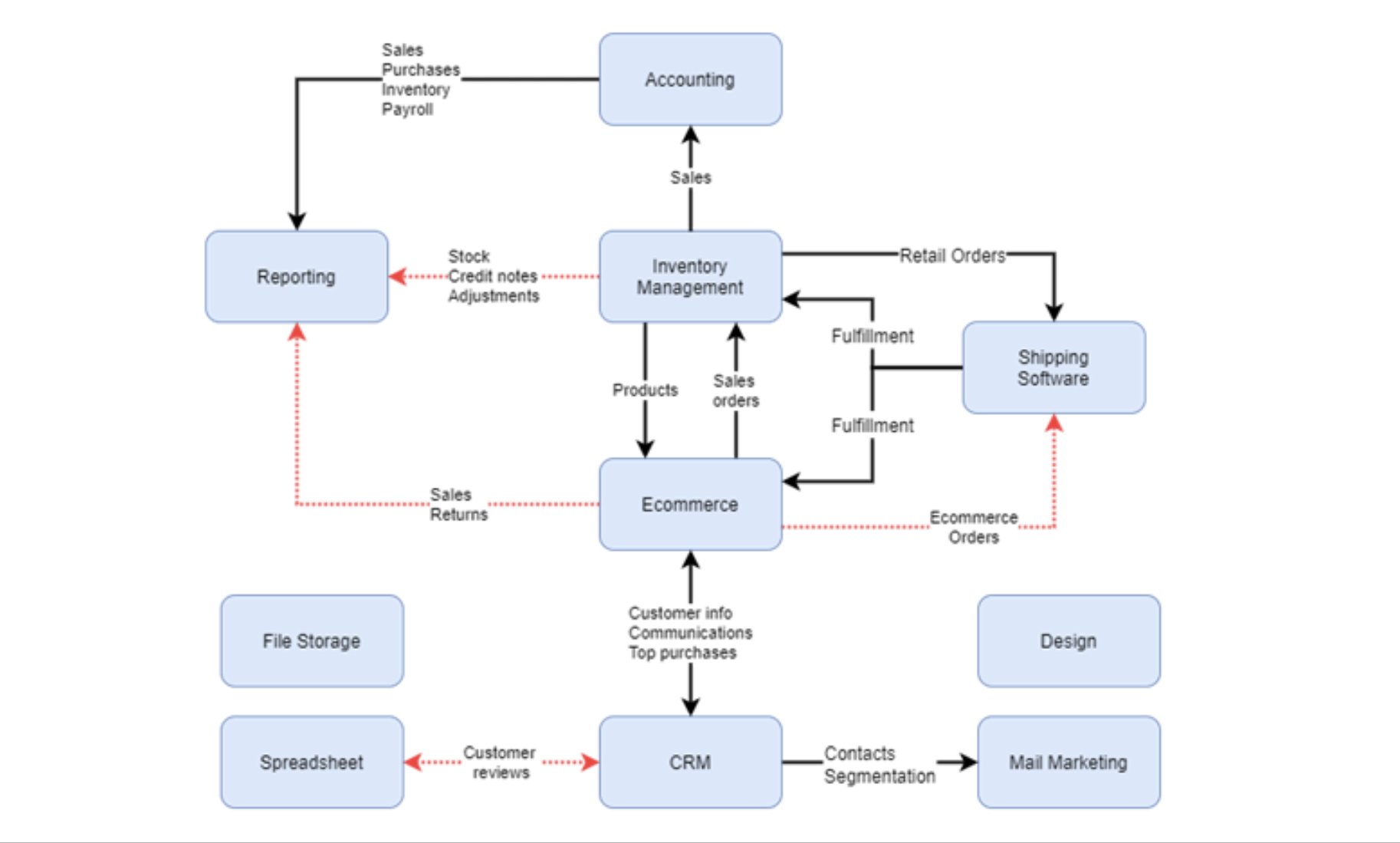Business Process Mapping: The Key to Streamlining Your Business
What is process mapping?
Process mapping is an exercise to capture the key steps and deliverables of a company or area. The primary outcomes of a process mapping project must be visual and clear, so they can be easily understood by the business and used to spot improvement opportunities.
What's in it for your business?
Besides capturing knowledge and giving you a 'snapshot' of your business, there are many reasons why you should consider a visual map of your processes, including:
Highlight opportunities for improvement: The opportunities to improve, optimise and innovate become evident once you have a 'picture' of how things are currently done
Clarify ownership and accountability for each part of the process: A visual map helps find out which teams are responsible for process outputs, help you analyse teams' efficiency, productivity and organisational structure
Quickly understand the data connections, spot manual tasks, double handling or inefficiencies: A process map will surface systems that are not connected, highlight delays and unnecessary steps in a process so you can take action
Save time with induction and training: By providing a visual summary with roles, responsibilities and outputs, the process of knowledge transfer, induction and handover are streamlined
Furthermore, the process mapping can drive staff engagement, creative thinking, positive change and innovation.
The outcomes of a process mapping can be different, but above all, it should emphasise insights and improvement opportunities.
At Halkin Business Partners, the outcome of Process Mapping projects includes a findings and recommendations report outlining the process map and the proposed improvements. The result becomes a roadmap for business benefits realisation, with options and alternatives to be considered in each scenario.
Below are some examples of companies that have benefited from this process:
A fashion business embarked on a process mapping journey to find automation opportunities and prepare to outsource the financial services to a new team. The process mapping exercise uncovered opportunities to update systems, change the team structure and set the foundations for growth. The findings and recommendations report proposed alternatives, ultimately resulting in cost reduction through automation, lower-cost subscriptions, and removing duplicate steps.
Two businesses in different sectors leveraged the process mapping to prepare the business for a digital transformation project (replacement of the existing ERP by a combination of cloud-based platforms). The process mapping not only helped find improvement opportunities but also helped map the key processes and stakeholders/areas impacted by the new systems. With the findings and recommendations report, the team clearly understood the necessary steps to prepare for the new system and ensure a successful implementation.
A beauty and cosmetics company utilised the process mapping to ensure a successful handover for the new finance and accounting team. The findings and recommendations report allowed the management to capture and retain the knowledge from the previous manager and created the conditions for a smooth and successful restructuring process. The highlighted opportunities included enhancements in the organisational structure (upskill, promotion, outsource), new technology implementation, and an engagement opportunity for the new team.
When should you go through a process mapping exercise?
Like foundations are the first and most important part of the construction, solid processes are the cornerstone of a growing company. And if your process mapping enables you to capture data, these opportunities for improvements are even easier to spot and quantify.
The tools to execute a process mapping can include apps such as draw.io, Microsoft Visio, Lucidchart, and the different methods can include flowcharts, role-activity diagrams, data-flow diagrams, and cross-functional models.
Regardless of the selected method, there are times when a process mapping can be the success factor of a project, such as:
When considering adding or changing your current ecosystem (combination of your technology, systems and processes), and need to demonstrate how data moves across your platforms.
When you had an increase in your cost base and need to investigate further.
When you need to redesign the organisational structure, increase the team, or scale up the business.
How can Halkin help?
If you work with a very lean structure you probably haven't got the resources to do this on your own - and that's where we can help you the most.
Mapping your process and your technology ecosystem doesn't have to be a time-consuming and frustrating exercise. In fact, it must be quick, insightful and provide tangible benefits. Halkin Technology team can provide the framework and the key ingredients of a successful process mapping:
• Ensure you're adequately prepared and have the right people on board.
• Facilitate and drive the process with technology, so the discovery is insightful, agile and effective.
• Provide findings and recommendations with alternatives, that you can use as a springboard and blueprint for your next growth phase.
Contact us today to know more about how we can help your business succeed with process mapping, innovationand technology.



